Insect & Pests
All Insect & Pests Content
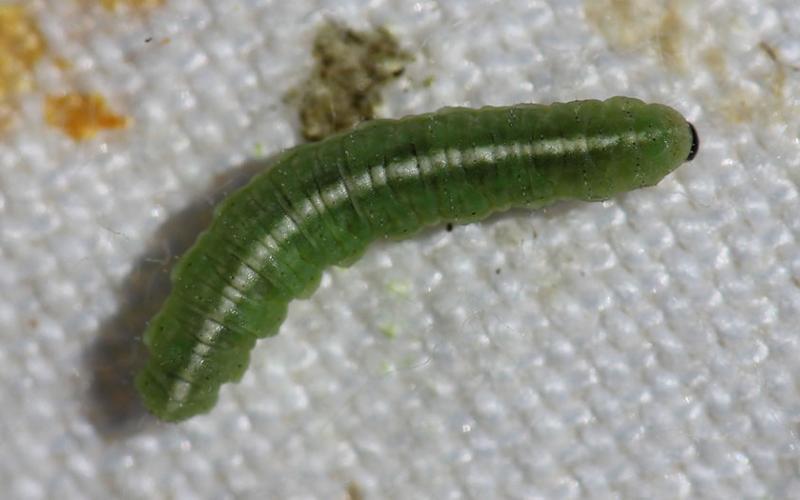
Alfalfa Weevil Activity Prediction Update: April 15, 2021
Due to the cooler temperatures, we didn’t accumulate a lot of degree days for alfalfa weevils during the last week. However, there are some areas in South Dakota where alfalfa weevils may be active.

Alfalfa Weevil Activity Prediction Update: April 8, 2021
As the temperatures begin to warm up around South Dakota, it is important to remember that some insect pests are accumulating degree days. One of the insect pests that we use degree day models to monitor is the alfalfa weevil.
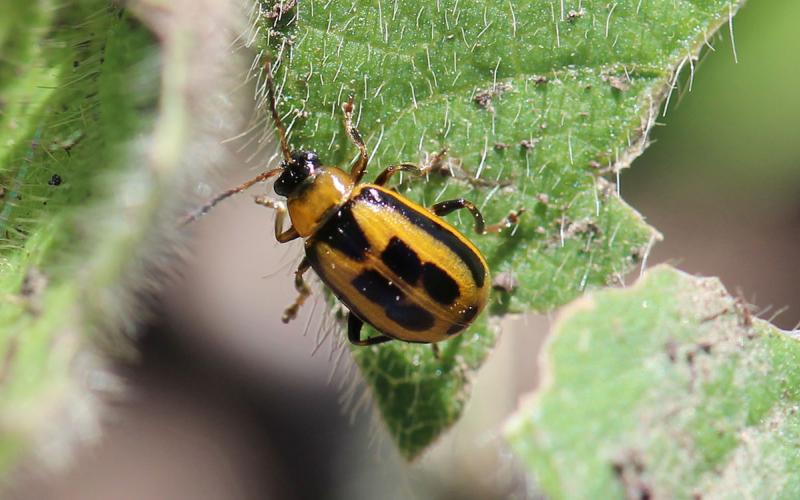
2021 South Dakota Overwintering Bean Leaf Beetle Predicted Mortality
Bean leaf beetle emergence is approaching, and it’s important to start thinking about this pest. Once soybean begin emerging, overwintering adult beetle populations will move into soybean fields and begin feeding on seedlings.
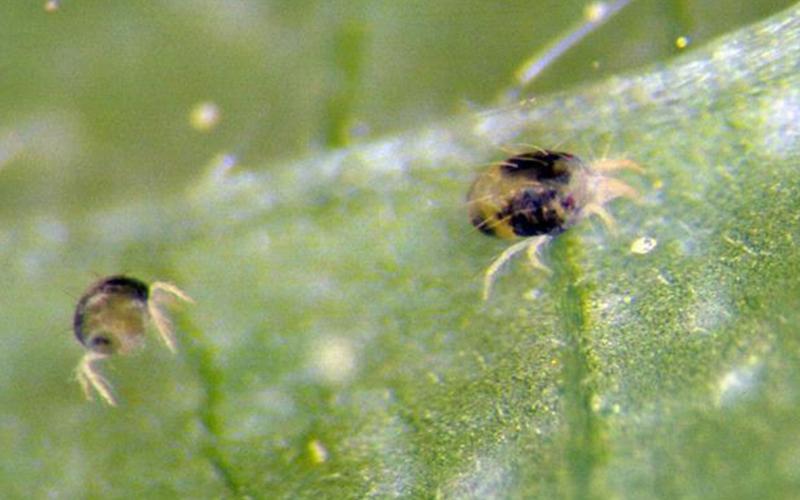
Dry Conditions Are Ideal for Spider Mite Activity
Several counties in South Dakota are experiencing dryer than normal conditions, therefore, it is important to monitor crops for spider mites, as they thrive during periods of dry weather.

Aphid Populations Are Starting to Show up in Corn
Small populations of aphids are starting to show up in corn fields, which could be problematic if the populations continue to grow. During dry seasons, they can have a greater impact on corn.

2021 South Dakota Pest Management Guides Now Available
February 04, 2021
SDSU Extension has released the 2021 South Dakota Pest Management Guides.
SDSU Extension’s Soybean Week Dives into Pest Management, Soil Health and 2021 Outlook
January 07, 2021
Want to know more about weed control, research, planting dates, and fungicide? Join us on January 19 - 22.
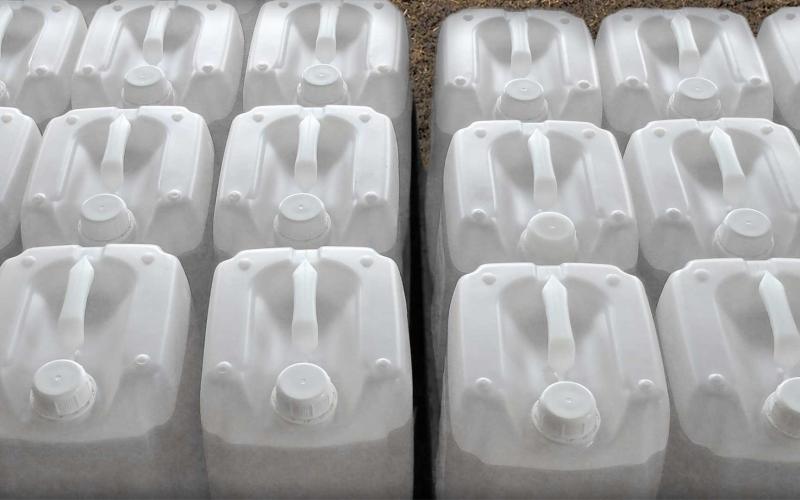
New Training Options Available for Pesticide Applicators in 2021
January 07, 2021
Join us for more information on the pesticide applicator training in 2021.
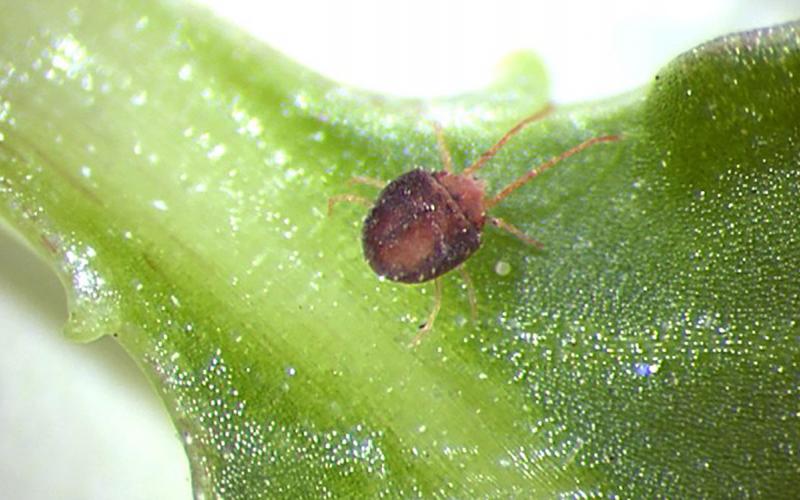
What Are Those Little Red Mites on My House?
The periods of unseasonably warm weather, especially in Western South Dakota, have temporarily brought several insects and other arthropods out of their winter hiding places. One of the arthropods getting attention lately has been the clover mite.
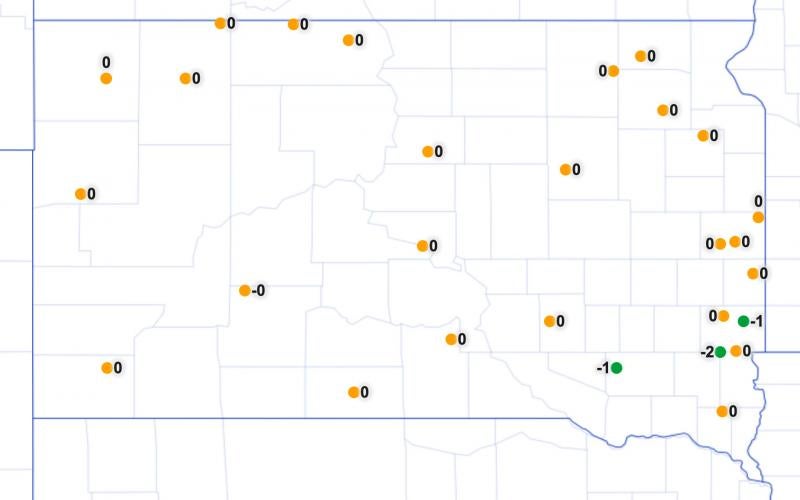
Use the SD Spray Tool for Inversion Detection and Weather for Pesticide Application
The SD Mesonet Spray Tool provides real-time weather data for pesticide applicators. This dedicated website for pesticide applicators uses the SD Mesonet weather data, which is updated every five minutes.